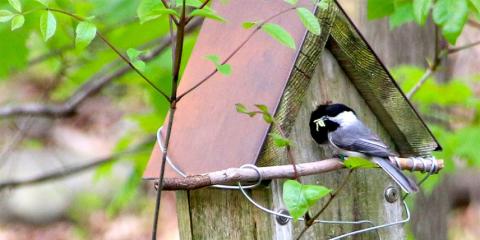News
Displaying 2076 - 2100 of 2300
February 27, 2011
New Fishing Cat Debuts at Smithsonian's National Zoo
February 27, 2011
Candid Cameras Give a Chance to See Wildlife as a Scientist Does
February 27, 2011
National Zoo's Beloved Uncle Beazley Will Soon Get a Facelift

February 17, 2011
Rock Creek Park Expedition Blog
February 15, 2011
A Wealth of Knowledge from an Everyday Bird
February 01, 2011
Visiting Japanese Giant Salamanders in the Wild
February 01, 2011
New Fishing Cat Debuts At Asia Trail
January 27, 2011
Fun and Frisky Valentine-Themed Event at National Zoo 1/27/2011
January 27, 2011
New Giant Panda Agreement Is Signed for National Zoo
January 27, 2011
Photo Release: Anteater Pup Thriving at National Zoo
January 27, 2011
Elderly Bald Eagle Euthanized at National Zoo
January 27, 2011
Both Cheetah Cubs at the National Zoo Appear Healthy and Strong
December 27, 2010
Now Open to Name Two of the National Zoo's Lion Cubs
December 27, 2010
Lion Cubs at Smithsonian's National Zoo Test Out Yard and Receive Names
November 27, 2010
Elderly Andean Bear Euthanized at National Zoo
November 27, 2010
Smithsonian's National Zoo Mourns Loss of Female Gibbon
November 27, 2010
